
Better pools to host over 1000 fundraising challenges during Swimathon 2025
68 Better pools taking part from Cornwall to Cumbria, Belfast to Basingstoke
Date posted
28 Mar 2025

68 Better pools taking part from Cornwall to Cumbria, Belfast to Basingstoke

Battersea Library welcomes writing talent
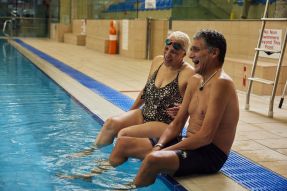
800,000 members encouraged to take part
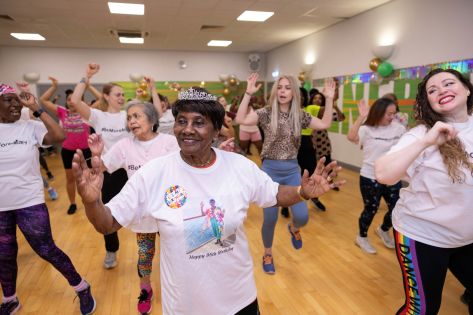
95-year-old Customer Wows the Crowds at Wavelengths!

Leisure offer for those who support the community
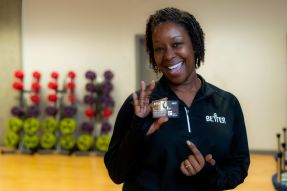
Boosting screening rates is key to saving lives
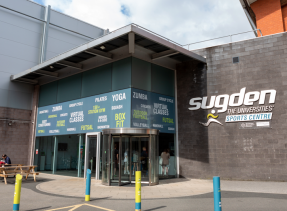
Contract comes with a £200,000 investment in local health and wellbeing
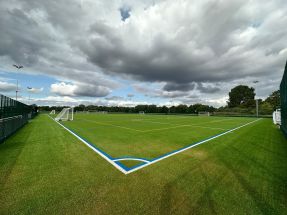
Synergy between two partners in sport
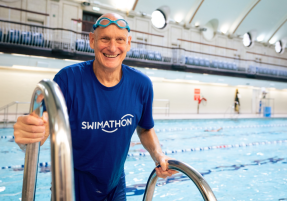
Olympic Legend Duncan Goodhew to give FREE training tips webinar on 4 March

17 'up and coming' children's authors supported